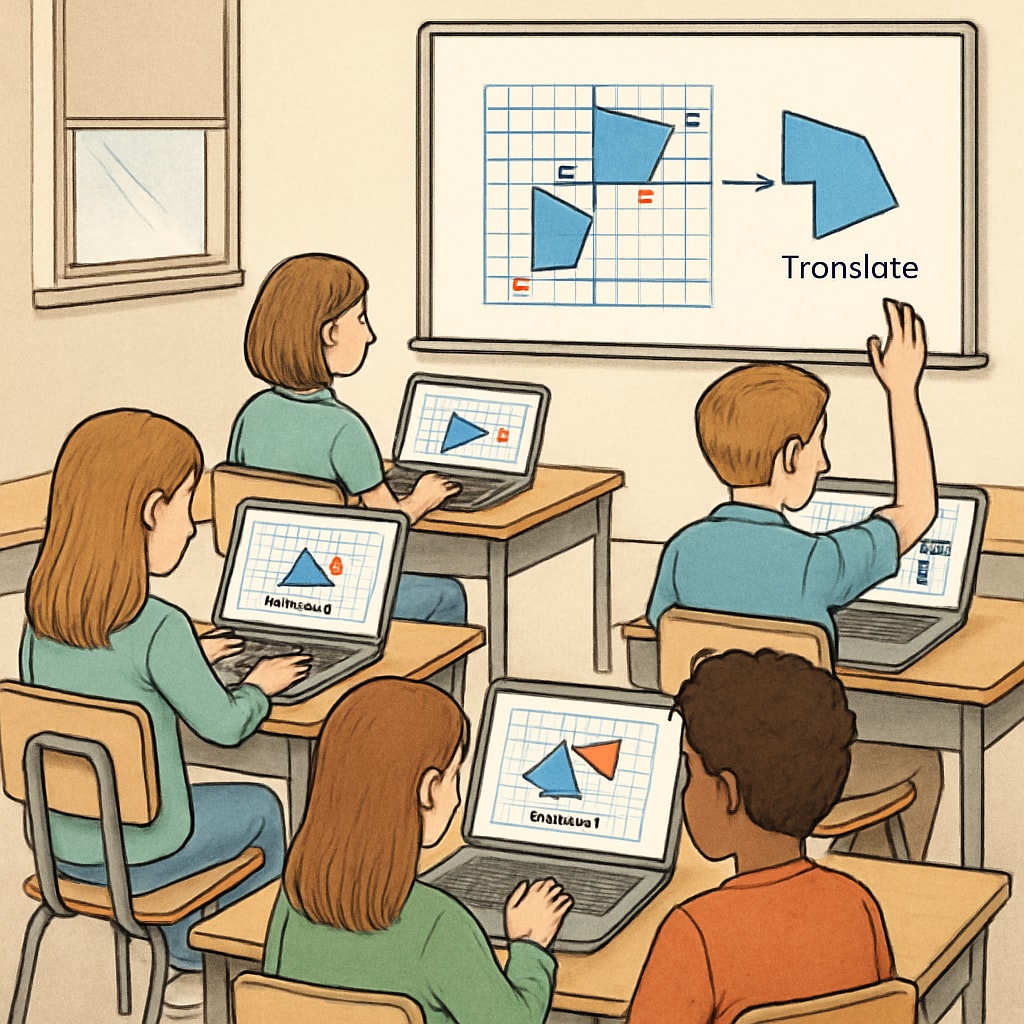Questions like “Why do we need to learn math?” often arise in classrooms, posing challenges for educators to effectively address. Mathematics education, student motivation, and teaching challenges are common themes in these conversations. To bridge the gap between abstract concepts and real-world applications, educators must employ strategies that make math both relevant and inspiring for students. Here are five practical approaches to unlock the true value of mathematics.
1. Connect Mathematics to Everyday Life
One of the most effective ways to make math meaningful is by demonstrating its relevance to everyday situations. For example, budgeting personal finances, calculating discounts in shopping, or measuring ingredients in recipes all require basic mathematical skills. By highlighting these real-life applications, students can see math as a vital tool for navigating their daily lives.
- Budgeting and Financial Literacy: Teach students how to manage expenses, calculate interest rates, and plan savings.
- Shopping and Discounts: Engage students in exercises like calculating price reductions during sales.
- Cooking and Measurements: Use practical examples like scaling recipes to show proportional reasoning.

2. Highlight Career Applications
Many students struggle to see how math connects to their future careers. Teachers can address this by showcasing professions that rely heavily on mathematics, such as engineering, architecture, data science, and finance. Additionally, even careers in creative fields like graphic design or animation often incorporate mathematical concepts like geometry and ratios.
By exploring these career paths, educators can inspire students to view math as a gateway to professional success. For example, explaining how architects use geometry to design buildings or how video game developers rely on algorithms can establish a sense of purpose and relevance.
3. Integrate Technology and Interactive Tools
Technology can transform how students engage with math. Interactive tools like graphing calculators, math apps, and online simulations make abstract concepts more tangible. For instance, programs like GeoGebra allow students to visualize geometric transformations, while coding platforms like Python introduce them to computational thinking.
Incorporating technology into lessons not only makes math engaging but also equips students with skills they’ll need in a tech-driven world.

4. Foster Problem-Solving and Critical Thinking
Mathematics is not just about solving equations; it’s about developing a mindset that can tackle complex problems logically and systematically. Encourage students to approach math as a way to strengthen their problem-solving abilities, which are essential in both academic and real-world settings.
- Group Projects: Assign team-based tasks that require collaboration and critical thinking.
- Open-Ended Questions: Challenge students with questions that have multiple solutions, promoting creativity.
- Real-World Scenarios: Present scenarios like planning a community event or designing a garden layout to apply mathematical reasoning.
5. Inspire Through Historical and Cultural Contexts
Math has a rich history that spans cultures and centuries. Sharing stories about famous mathematicians like Pythagoras, Ada Lovelace, or Katherine Johnson can humanize the subject and spark curiosity. Similarly, exploring mathematical concepts found in art, architecture, and nature—such as the golden ratio—can show students the beauty and universality of math.
For example, the golden ratio (Golden ratio on Wikipedia) appears in everything from ancient Greek sculptures to modern-day logos. By linking math to cultural achievements, students can appreciate its impact beyond the classroom.
As a result, educators can transform mathematics education into a journey of discovery, helping students to connect with the subject on a deeper level.
In conclusion, addressing questions about the value of math requires creative and relatable teaching strategies. By connecting math to everyday life, career opportunities, technology, problem-solving, and cultural contexts, educators can motivate students and tackle teaching challenges effectively. Let’s inspire the next generation to embrace mathematics as a valuable, lifelong skill.


